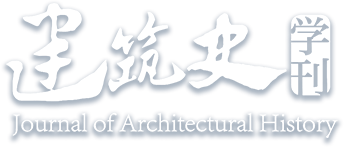Abstract:
Scholars have traditionally attributed the origins of Karayou Architecture in Japan to Song and Yuan architecture in the Jiangnan region. However, this study diverges by uncovering influences from North China’s architectural styles evident in the timber frames of Karayou structures, suggesting a more diverse technical heritage. Adopting a comparative approach within the context of East Asian Wooden Technology history, this paper examines the structural characteristics of Karayou Architecture’s timber frames and traces their evolutionary lineage. Furthermore, it underscores the significance of Medieval Karayou Architecture as a valuable resource not only for material insights but also as a pivotal component to unravel the evolution of timber frame design methodologies across East Asia.


 下载:
下载: